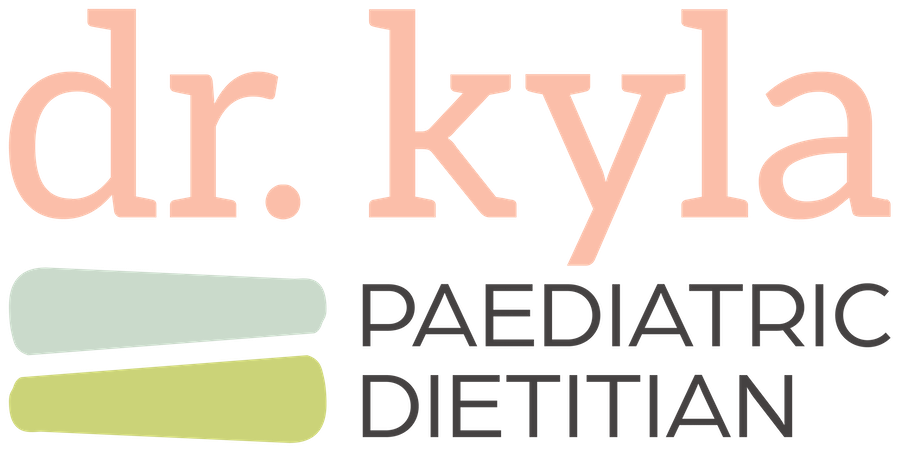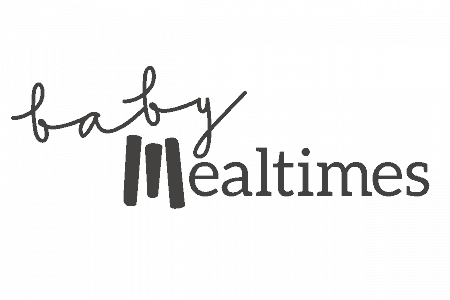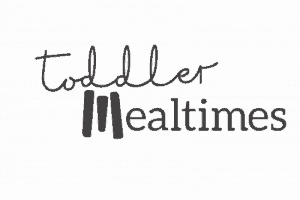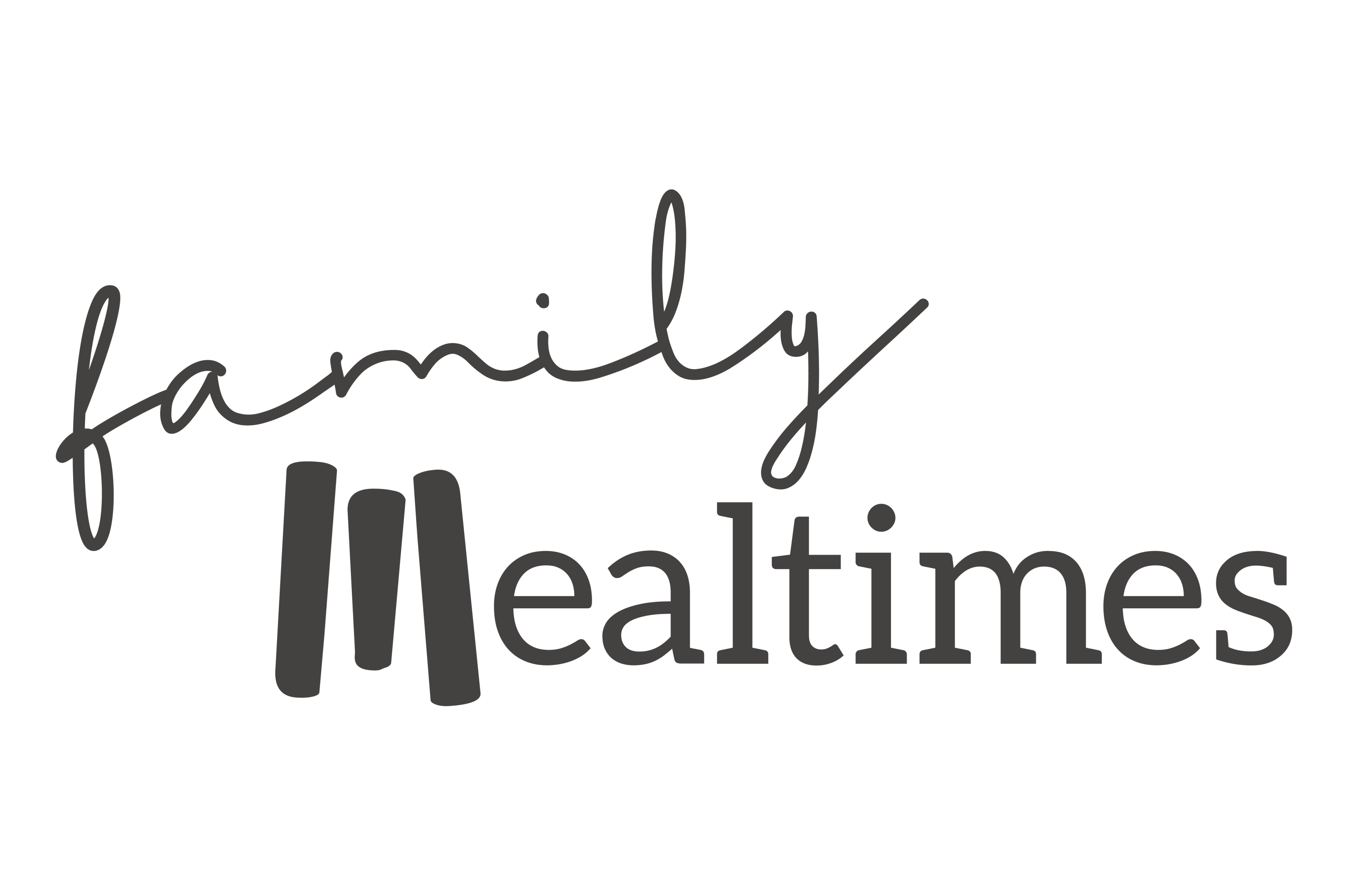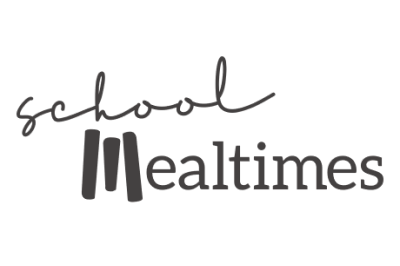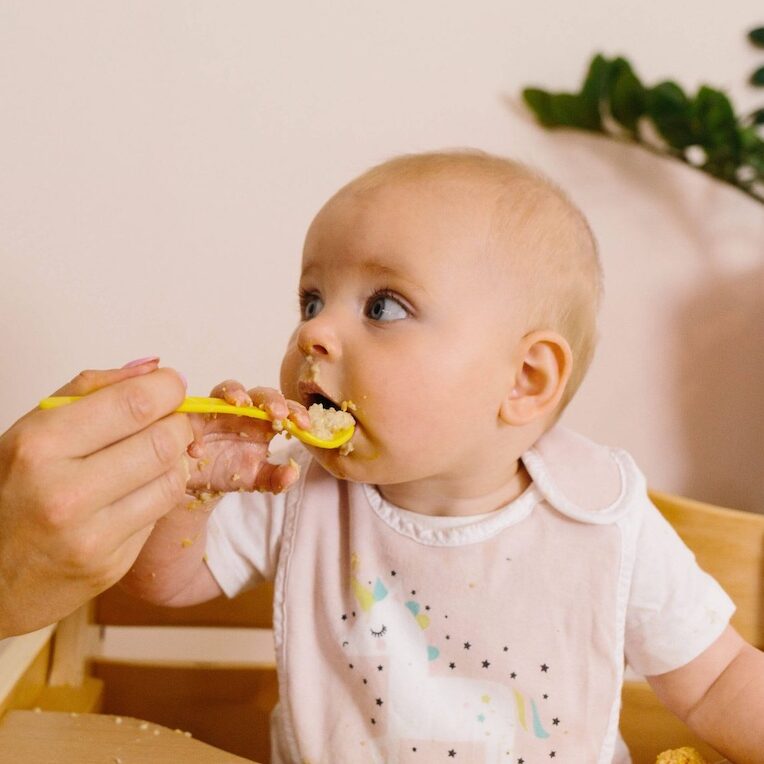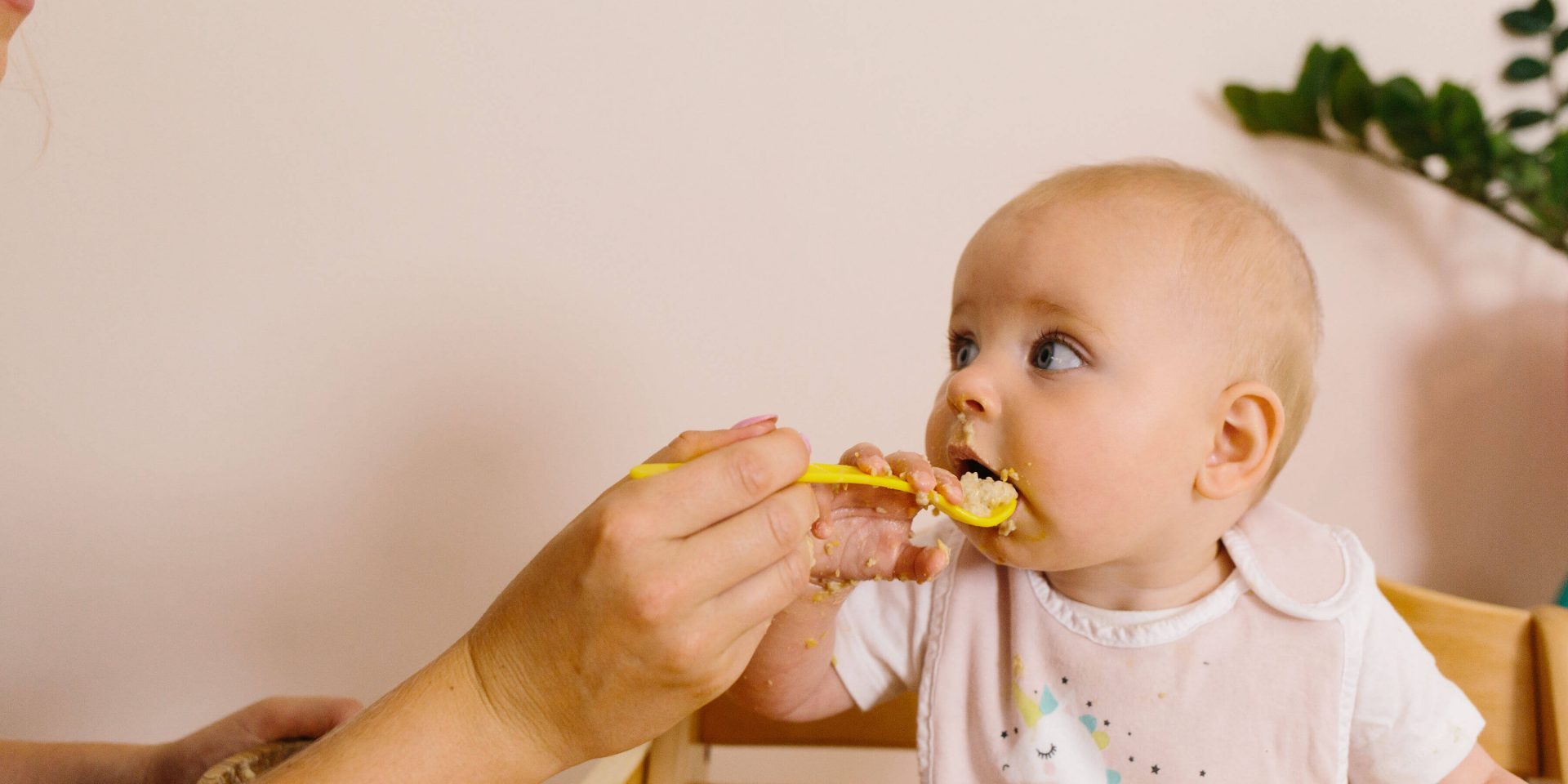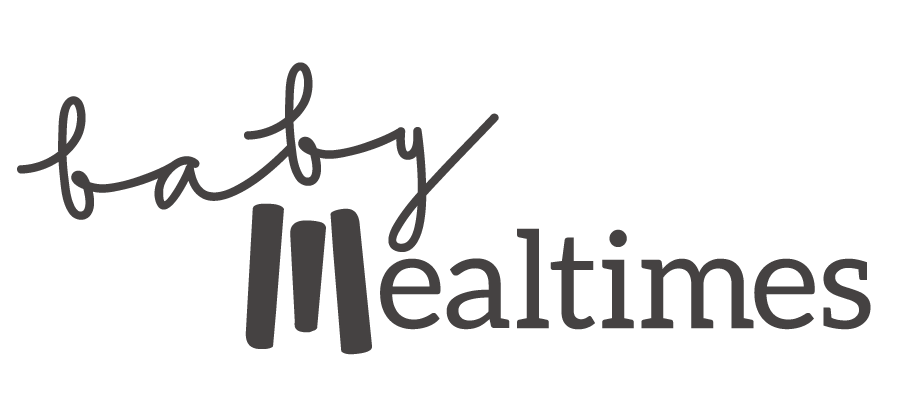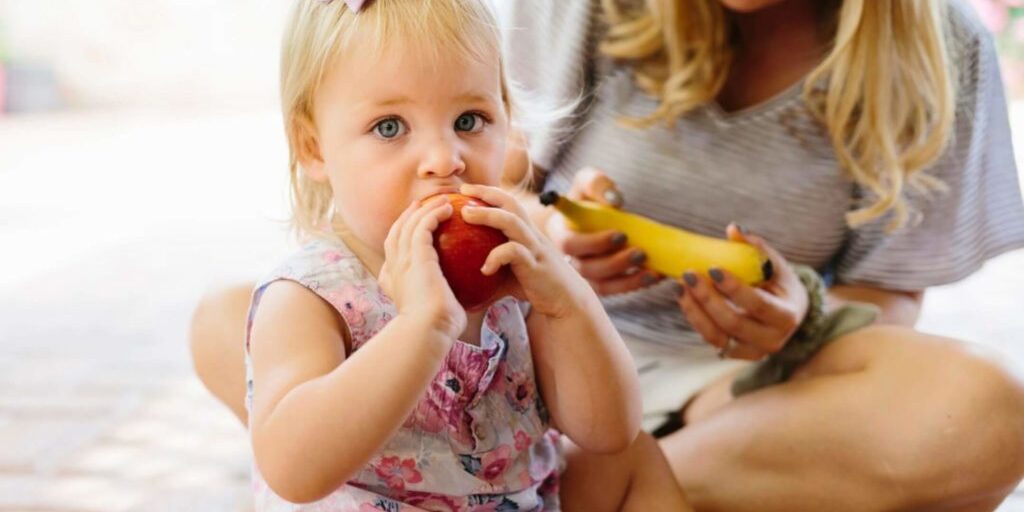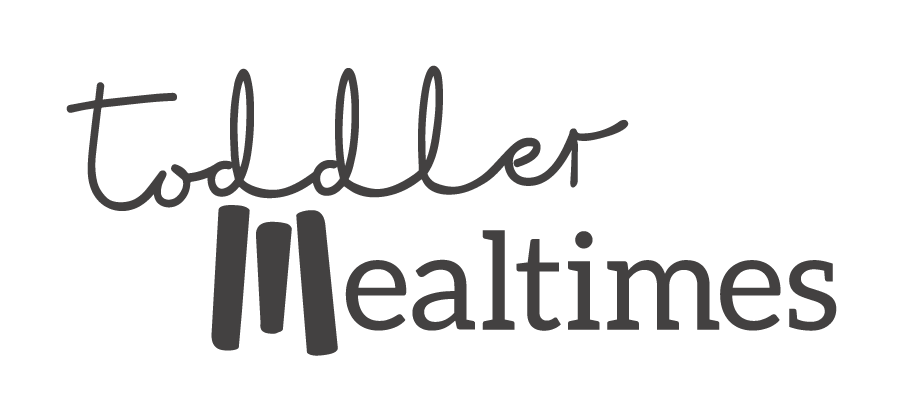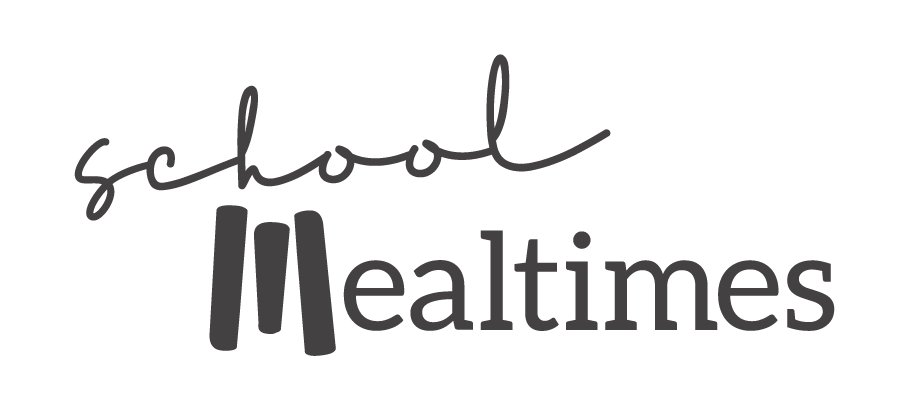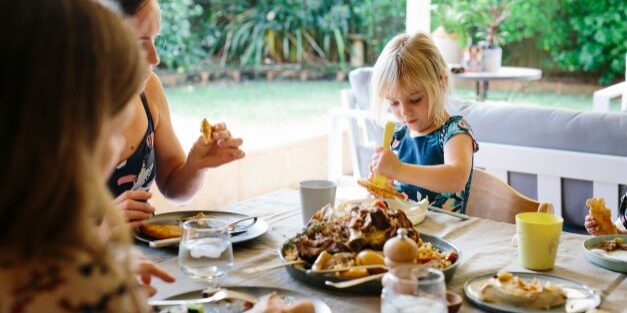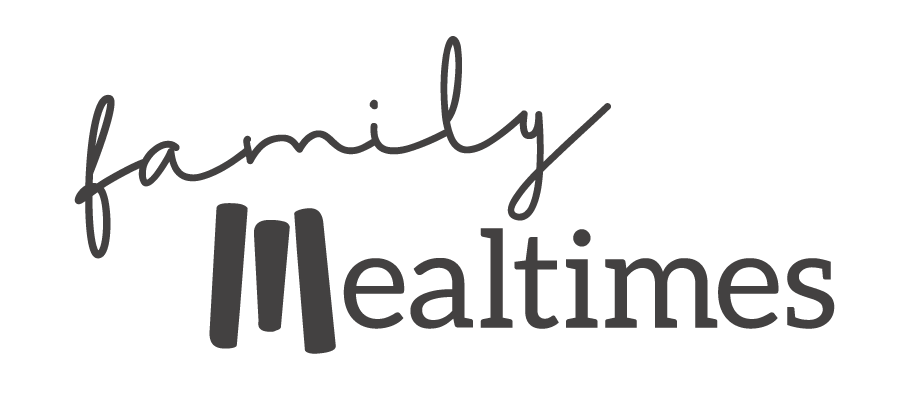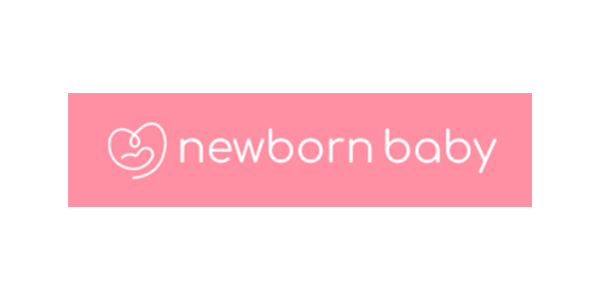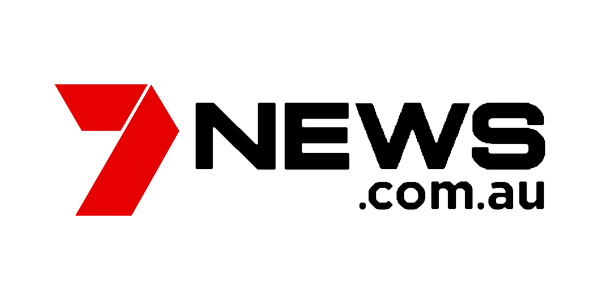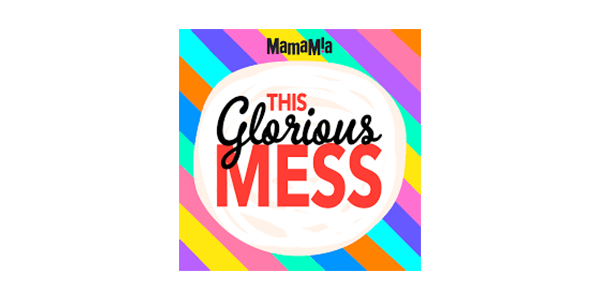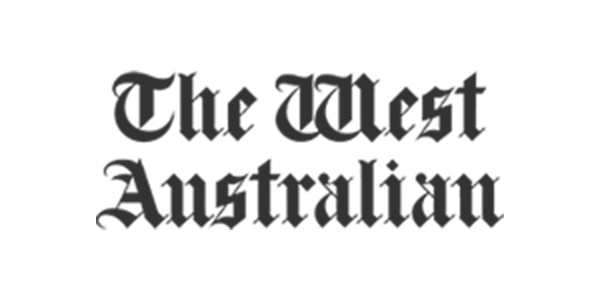Want advanced access to my weekly Chewsday Reviews?
Every Tuesday morning receive the latest Chewsday Review delivered directly to your inbox.
Please enter your name.
Please enter a valid email address.
Something went wrong. Please check your entries and try again.
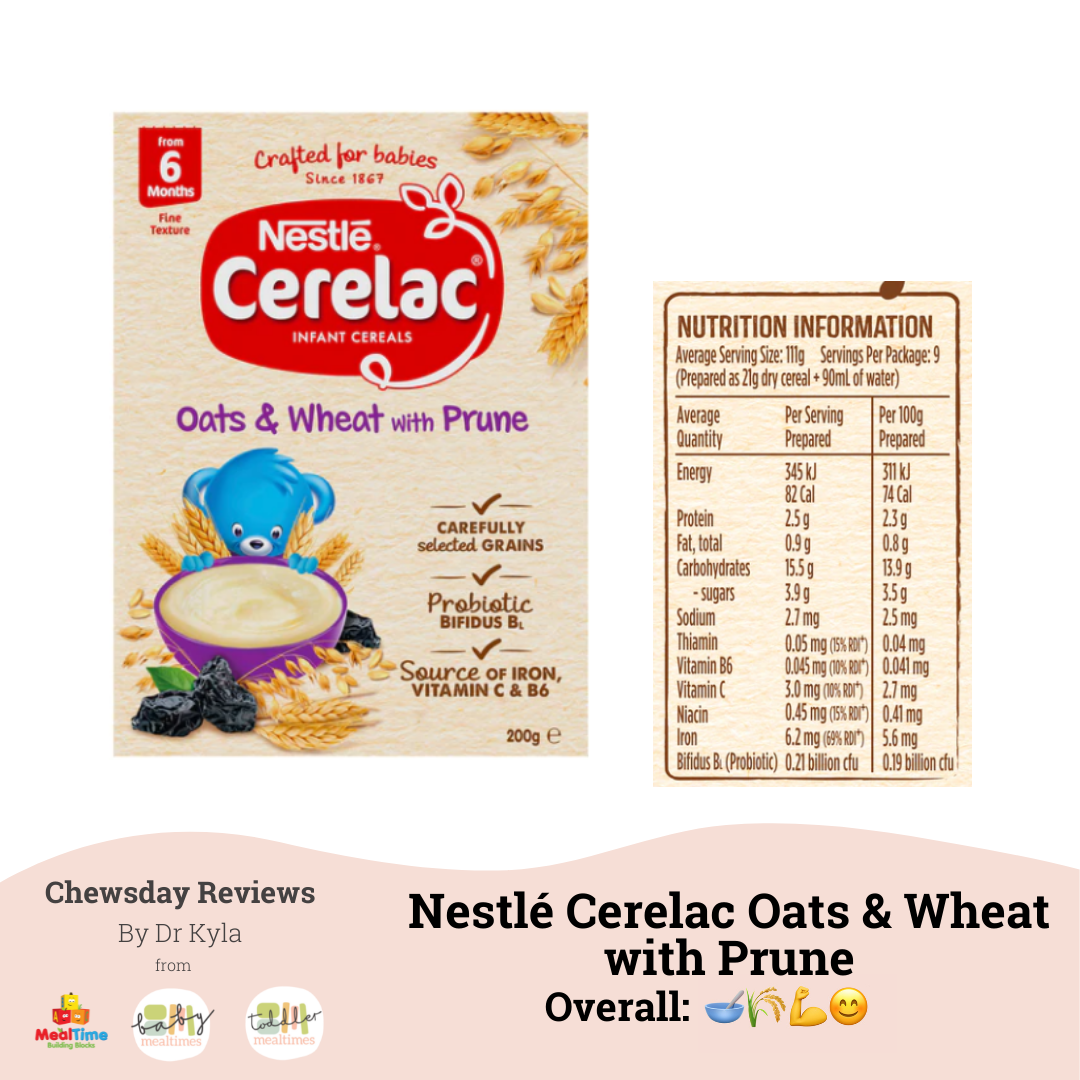
Nestlé Cerelac Oats & Wheat with Prune | Chewsday Review
There are lots of baby cereals on the market but until recently we haven’t had many iron fortified options, other than rice cereal. Baby cereal can be confusing and divisive - but I think it’s a handy option to have. Today I am reviewing the Nestlé Cerelac Oats & Wheat with Prune (6 mo+).
 Ingredients
Ingredients
- Oat Flour, Wheat Flour (contains soy), Prune Flakes (Prune 6.5%), Corn Starch, Maltodextrin, Emulsifier (sunflower lecithin), Mineral (Iron), Vitamins [C, Niacin, Thiamin (B1), B6], Culture (Bifidus).
- This ingredients list is very similar to baby rice cereal, except instead of rice flour, it’s predominantly oat and wheat flour.
- Only a small amount of prunes are added, but it is the third ingredient by weight. So this baby cereal is made mostly of oats, wheat and prunes!
- I’m pleased to see this has been fortified with iron, like most baby cereals.
- This baby cereal also has added probiotics- keep reading for more on this below.
- Allergens: Wheat (Gluten), Soy.
- May contain: Milk.
 Positives
Positives
- Iron comes to 5.6 mg per 100 g of prepared cereal. This is more than most baby rice or oat cereals, and even more than Bubs Organic Rice Cereal (5.0 mg per 100 g prepared cereal) and Bubs Organic Baby Oats Cereal (2.5 mg per 100 g prepared cereal).
- As expected, the cereal falls within guidelines for sodium, sugar, and saturated and total fat.
- Rice or oat cereal is traditionally very bland, and not helpful for babies learning about flavour. Adding prunes might give this a bit more oomph, but I’d still be mixing it with other fruit or vegetable purees, instead of making it up with water.
- Having an oat/wheat alternative to rice cereal will be helpful for parents who are worried about arsenic levels in rice cereal (I know it sounds scary but it’s been blown out of proportion in my opinion). In a quick summary, all rice can absorb arsenic (a heavy metal) from soil/water (where arsenic naturally occurs or occurs from pollution). Our Food Standards organisation reviews these levels and has indicated no need for concern if your baby eats a range of foods (and not just rice cereal, rice or rice crackers all day long). So, it’s totally safe to add rice cereal to foods to boost the iron, but you could choose an oat version if you prefer.
 Negatives
Negatives
- Contains two common allergens (wheat and soy), so unless you’ve already introduced them separately I wouldn’t recommend offering this product as an allergen exposure.
- Seems expensive at $25 per kg, which is the same for other Nestle Cerelac products, but is actually much cheaper than Bubs Organic Ancient Grain Porridge ($40 per kg).
 Marketing
Marketing
- “Probiotic Bifidus BL: a probiotic similar to those found in the digestive system of breastfed babies”. Bifidus BL is the company’s own name for the probiotic called Bifidobacterium lactis. We don’t have strong data that this can survive at room temperature for long periods of time, so depending on storage conditions, it’ll probably have less active probiotics than advertised.
- “Contributes on average 69% of your baby’s iron RDI needs”. In Australia the RDI (Recommended Dietary Intake) for iron is 11 mg for babies aged 7-12 months. Each serve of this contains 6.2 mg, but this only comes to 56% of iron needs. Still great, but I’m not sure who is doing their maths and what guidelines they’re using.
- “Carefully selected grains”. This is funny. How are grains usually selected? Carelessly? *eyeroll*
- “Fine texture: 6 mo+”. This is a bit confusing, it’s not a ‘smooth texture’ like most baby rice cereals recommended for starting solids, so it’s likely a little bit thicker. You could probably add more liquid to thin it down as needed. Also a note on age labels: Labels like this can make parents and caregivers worry if their baby isn’t at this texture yet, so always take these age guides with a grain of salt.
 Alternatives
Alternatives
- I like this for mixing with puree to add iron, much like you could use baby rice cereal. The only thing to be mindful of is the allergens, so be sure to offer both wheat and soy before offering this. You could also add some of this into pikelets and baby muffin recipes as your baby gets older.
- You don’t need to use an iron-fortified product like this if you don’t want to, and instead you can offer iron-rich foods, like meat, eggs, legumes and nuts, in appropriate textures for your baby.
Hungry for More? Related Reviews
Sorry, we couldn't find any Reviews that match that criteria.
